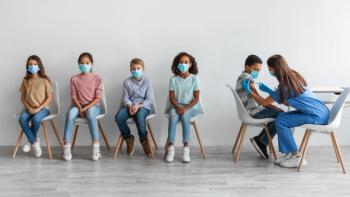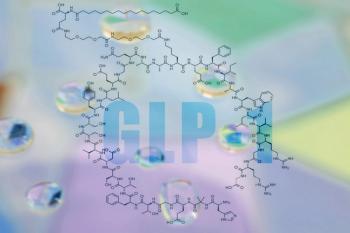
Symptoms of Dry Eye Often Go Ignored, Underreported: Nicole Bajic, MD

Because patients do not always associate their symptoms with dry eye, they often turn to treatments that do not work, says Nicole Bajic, MD.
Nicole Bajic, MD, ophthalmologist and assistant professor at Cleveland Clinic's Cole Eye Institute, emphasized that patients could turn to ineffective means of treating their dry eye symptoms if they do not know the root cause of the symptoms. Identifying dry eye can help steer them toward more applicable means of treating the disorder.
This transcript has been lightly edited for clarity; captions are auto-generated.
Transcript
What are some symptoms that doctors and patients can look out for to diagnose dry eye?
The most common or classic symptom of dry eye would be dryness. But sometimes it doesn't always feel that it's dry. Sometimes patients feel like their eyes are very strained, or they have pain, or that there's something in the eye, like they have an eyelash or a grain of sand or something, or sometimes it just feels that it's burning. It can be so bad that even instilling artificial tears can be further irritating and burning when it's in such a bad state.
However, one of the most common, frequently ignored symptoms of dry eye is just that they look red. Frequently, patients will try and self-diagnose and self-treat at home, grabbing a drop over the counter that says, "We'll get the red out." That is one of the worst things that people can do actually, because the way that those work, they're vasoconstrictors, essentially. Those drops will squeeze the blood vessels so that they look tinier. Your eye looks whiter, and you think, "Oh, hey, it worked. It looks great." But by doing so, you're getting less blood, less fluid to the eye, less nutrition, and the eye ends up drying out more. When the drop wears off, those blood vessels dilate, come back with a vengeance and get even red and beefier. You look in the mirror and you go, "Oh, it's time for more of those red eye drops." It turns into this vicious cycle where eyes can get quite red and irritated, and people can actually get addicted to these red eye drops.
Instead, if you have red eyes, first go to the artificial tears over the counter. Try those first. It's not as satisfying. It won't immediately get rid of the dry eye right away. It does take time, but ultimately, you need to treat the root cause of the problem. Otherwise, you just exacerbate it with time.
Then the last one I wanted to mention is blurred vision. Blurred vision is another frequently misdiagnosed complaint that people will come in with. They think that it must be something else, or their glasses aren't quite right, even though the blurred vision is just intermittent. It'll just come on, maybe after a prolonged day of staring at screens all day, or TV watching or something like that, or reading. The reason being is because when we are focused on something like a screen, we're overriding our brain’s natural reflex to blink at regular intervals. Naturally, that dries the eyes out, and they can become red, dry, and irritated from that. Just a general recommendation to help with that is, we call it the 20/20 rule. Every 20 minutes that you're focused on a screen or something else, take 20 seconds, look off in the distance, blink, let your eyes reset. And that can make you a lot more comfortable in the long run.
Newsletter
Stay ahead of policy, cost, and value—subscribe to AJMC for expert insights at the intersection of clinical care and health economics.






























































